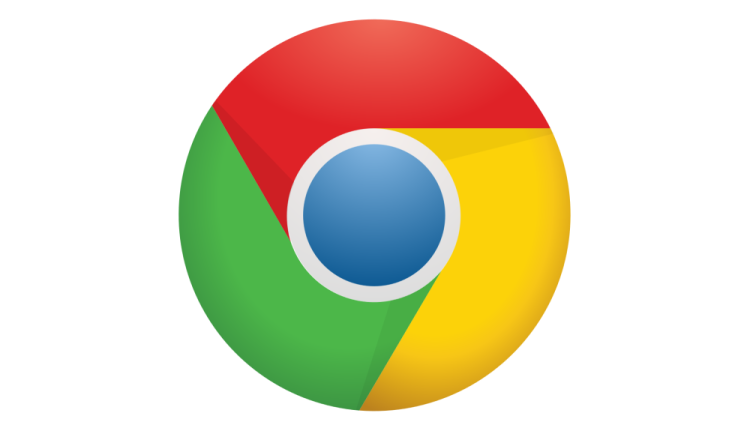Google has once again made improvements to its browser that translate into less memory and power used. Chrome will now load your most commonly used tabs first, use idle time to clean up unused memory, and auto-pause non-essential Flash ads so that your battery lasts longer.
Google released Chrome 45 for Windows, Mac, Linux, and Android two days ago, and we already covered how this version automatically pauses less-important Flash content, like ads. Today, the company said it is turning the feature on by default “over the next few weeks,” and finally put a number on how much battery life improvement you can expect: “Our testing has shown that turning on this setting makes your battery last up to 15% longer depending on your operating system.”
Next up, Chrome 45 is smarter about restoring your tabs more efficiently. Chrome has long let you “continue where you left off” by restoring tabs when you relaunch the browser (it’s the first setting I enable whenever first installing Chrome). Now, tabs are restored from most to least recently viewed, so you can view the most important tabs faster. If you always keep many tabs open, this will be particularly useful.
Furthermore, Chrome will now detect if your computer is running low on resources and stop restoring the rest of your tabs to save memory. If you want to restore them anyway, you can click to do so.
Speaking of memory savings, Chrome can also now detect when a webpage isn’t busy with a task and use the free time to “aggressively” clean up old, unused memory. Google said this should reduce website memory usage by 10 percent on average. For complex web apps, the savings are even higher — when using Gmail, for example, Chrome can now free up nearly a quarter of the memory used by the tab.
In the video above, you can see Chrome 45 (right) freeing up nearly a quarter of the memory it was using for Gmail, unlike Chrome 43 (left). It’s not clear why Google didn’t use Chrome 44 in its example.
Google promises there are more Chrome performance improvements still in the works. Look for our browser performance benchmark test later this month to see how the browser fares against the likes of Mozilla Firefox and Microsoft Edge.
VentureBeat's mission is to be a digital town square for technical decision-makers to gain knowledge about transformative enterprise technology and transact. Learn More

